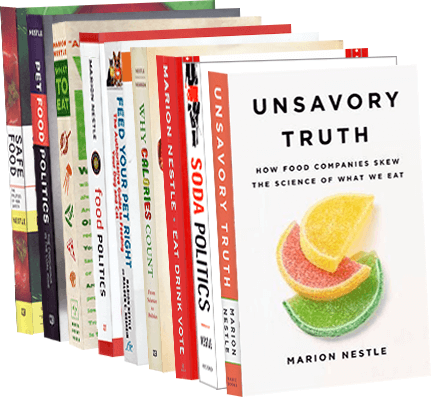The selling of Alli
Glaxo, the company that makes Alli (a.k.a. Xenical), says it has sold 2 million packages of the diet drug since June when the FDA approved over-the-counter sales. How did Glaxo do this? In interesting ways, says the Wall Street Journal.
The New York Times says the company says 70% of people taking the drug say they are losing weight. Maybe so, but under some coercion. Eat too much fat while taking the drug and you can expect some messy side effects. There has to be a better way….


